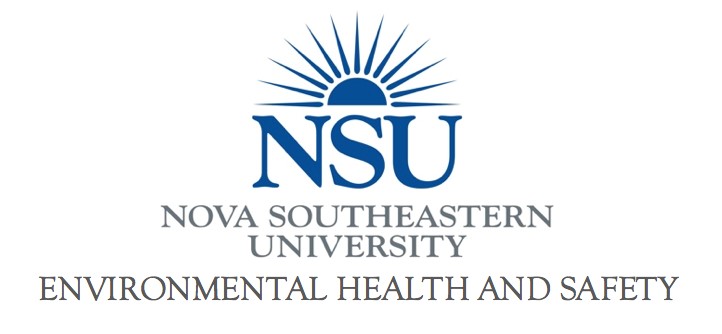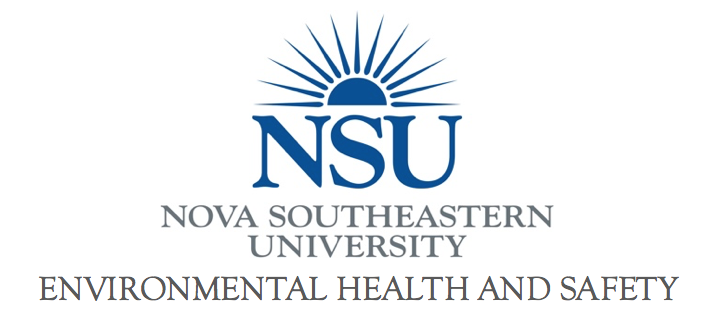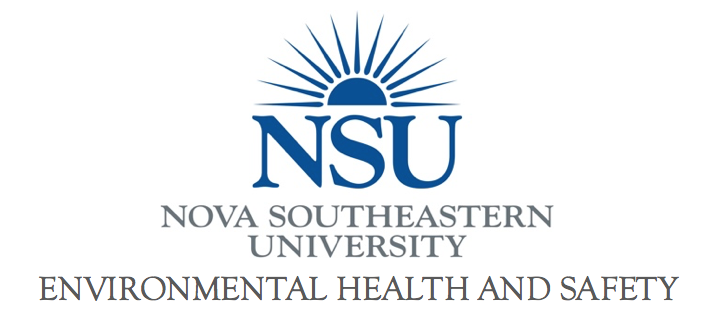Title Page
-
Document No.
-
Audit Title
-
Client / Site
-
Conducted on
-
Prepared by
-
Location
-
Personnel
Documentation
-
Emergency door card present with NFPA fire diamond, cautions signs and up to date.
-
Emergency contact number(s) of PI and other laboratory members provided to Department Manager.
-
Safety Data Sheets (SDS) and Chemical/Biological Hygiene Plan readily available.
-
Laboratory's chemical inventory available and updated annually.
-
Employees trained in the OSHA Lab Safety Standard and lab specific hazards associated with lab.
-
Training records available.
Egress and Housekeeping
-
Laboratory doors closed, unless held open using automatic release device.
-
Entry/exit pathways free of debris, waste, spills, excess supplies, unobstructed and free of trip hazards.
-
Laboratory furniture suitable, and can be wiped clean (no cloth).
-
Working surfaces free of debris, waste, spills, excess supplies or other tripping hazards.
-
Food, drink, or cosmetic items are not stored or used in the laboratory
-
Glass and other "sharps" disposed of in puncture resistant containers.
-
Out of service equipment clearly marked inoperable and awaiting disposal or repair.
Emergency Equipment
-
Eyewash stations operational, inspected, and flushed weekly.
-
Safety shower not obstructed and has been tested within the past six months.
-
Eyewashes, emergency showers, fire extinguishers, and electrical control panels accessible and unobstructed.
-
Sprinkler heads free from obstructions. Equipment, supplies, and furniture shall not be place within 18 inches radius of ceiling/sprinkler heads.
-
Fire extinguishers fully charged, wall mounted, contain designated sign, and have been inspected within the last year.
-
First aid kit present. accessible and adequately supplied.
-
Emergency exit and floor maps posted.
-
Chemical spill kit readily available and adequate for the work being performed.
-
Non explosion proof refrigerators/freezers labeled with a “Do Not Store Flammable Chemicals” sticker.
-
Emergency phone available with the emergency phone numbers posted.
Chemical Safety
-
All chemicals stored according to compatibility (flammable, corrosive, toxic or reactive).
-
Containers labeled to identify contents and any applicable hazard warnings.
-
Stored chemical containers kept closed, not leaking and in good condition.
-
Containers kept closed except during transfer.
-
Flammable liquids stored in flammable cabinets, away from sources of heat, direct sunlight and ignition sources?
-
Does the flammable storage cabinet contains sign “Flammable Keep Fire Away”?
Hazardous Waste
-
Waste storage area designated.
-
Hazardous chemicals stored at or below eye level.
-
Waste containers properly labeled with NSU Yellow Waste Labels”.
-
Hazardous wastes stored away from drains and in secondary containment.
-
Waste labels visible and legible.
-
Waste containers compatible with waste being stored.
-
Waste containers kept closed except when adding waste.
-
Waste generators receive initial and annual online hazardous waste training.
-
Waste containers free from rust.
-
Waste containers dated with accumulation start dates.
Compressed Gasses
-
Compressed gas cylinders properly labeled.
-
Compressed gas cylinders adequately secured and stored by compatibility.
-
Flammable gas stored at a distance of 20 feet or greater from Oxygen.
Personal Protective Equipment (PPE)
-
Lab coats required by all personnel when a chemical hazard exists.
-
Reusable PPE maintained and stored in clean and serviceable condition.
-
Safety glasses/splash goggles required to be worn by everyone in the laboratory when a splash hazard exists.
-
Opened toed shoes prohibited in the laboratory.
-
Personal protective equipment and commercial lab coat laundering services provided to lab personnel.
Ventilation and Engineering Controls
-
Fume hoods annually certified and labeled with a current inspection sticker.
-
Fume hoods equipped with a device in order to ascertain the operational status of the chemical fume hood.
-
Chemical fume hoods kept clean and not used for storage of equipment or chemicals.
-
Chemical fume hood sash at or below the certified height level.
BioSafety
-
Access to the lab limited.
-
Biological safety cabinet have current certification.
-
Needles and sharps disposed of in rigid, puncture-resistant, leak-proof containers.
-
Bloodborne Pathogen Training attended annually by researchers working with blood, specimens, and/or cells.
-
Chairs covered with a non-fabric material that can easily be decontaminated.
-
Sharps containers not over full (3/4).
-
Procedures involving the manipulation of infectious materials that may generate an aerosol are conducted within a Biosafety Cabinet or other physical containment devices.
-
Autoclave checked monthly with a spore test and autoclave indicator tape placed in bag center before autoclaving.
-
Materials to be decontaminated outside of the immediate laboratory placed in a durable, leak proof container and secured for transport.
-
Biowaste Containers labeled with the biohazard symbols.









